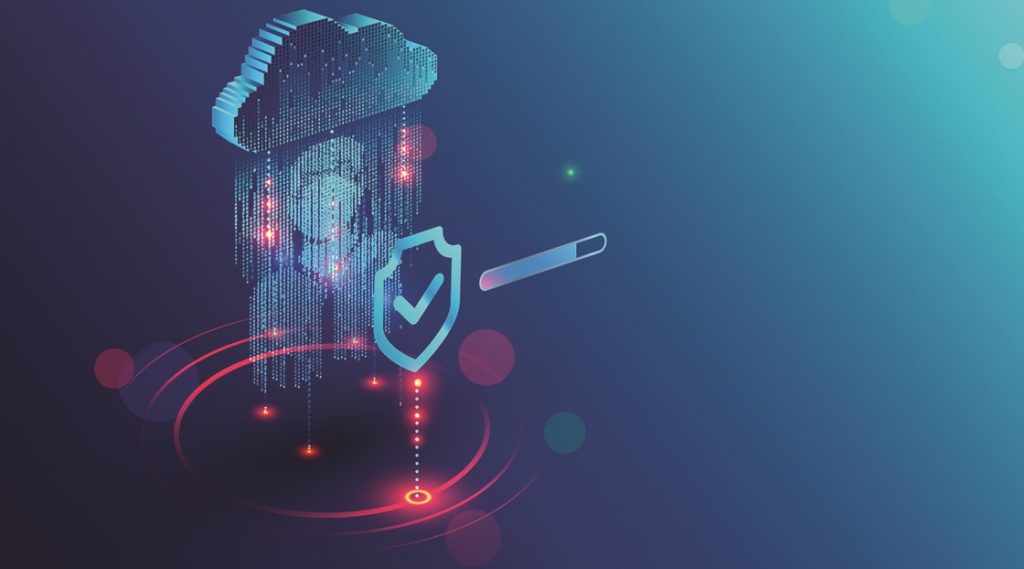

Ensuring compliance with the Health Insurance Portability and Accountability Act (HIPAA) and maintaining robust cloud security is essential for protecting healthcare applications and sensitive patient data. This article explores the challenges and importance of HIPAA and cloud, highlighting the value of automated security solutions by Prancer. Discover how Prancer’s advanced solutions can help you strengthen your cloud security, achieve HIPAA compliance, and fortify your application security.
The Challenges of HIPAA and Cloud Compliance: Complying with HIPAA regulations in the cloud presents unique challenges for healthcare organizations. These challenges include protecting patient data, maintaining the integrity and confidentiality of electronic health records (EHRs), implementing proper access controls, and addressing security risks associated with cloud infrastructure and services.
The Importance of HIPAA and Cloud Compliance: HIPAA compliance is crucial for safeguarding patient privacy and ensuring the security of healthcare data. In the cloud, compliance with HIPAA regulations is necessary to protect sensitive information, prevent data breaches, and maintain the trust of patients and healthcare providers.
The Power of Automated Security: Automated security solutions play a critical role in achieving and maintaining HIPAA and cloud. By leveraging intelligent algorithms, continuous monitoring, and real-time threat intelligence, these solutions can automate security assessments, detect vulnerabilities, enforce access controls, and provide audit trails, ensuring compliance with HIPAA regulations. Prancer, a leading provider of automated security solutions, offers comprehensive features to enhance cloud security and simplify the path to HIPAA compliance.
In addition to the automated security solutions highlighted above, Prancer offers features such as secure code storage, encryption controls, and real-time threat intelligence to further enhance cloud security and simplify HIPAA. With Prancer’s comprehensive suite of automated security solutions, healthcare organizations can strengthen their cloud security, protect sensitive patient data, and achieve HIPAA compliance in the modern age.
Strengthen Your Application Security with Prancer’s Automated Solutions and Achieve HIPAA and Cloud Compliance Excellence
Achieving and maintaining HIPAA and cloud is vital for protecting healthcare applications, data, and patient privacy. By leveraging Prancer’s advanced automated security solutions, healthcare organizations can enhance their compliance monitoring, data encryption, access controls, and incident response capabilities, simplifying the path to achieving and maintaining HIPAA compliance. Secure your cloud environment, safeguard patient data, and fortify your overall application security with Prancer’s comprehensive suite of automated security solutions.